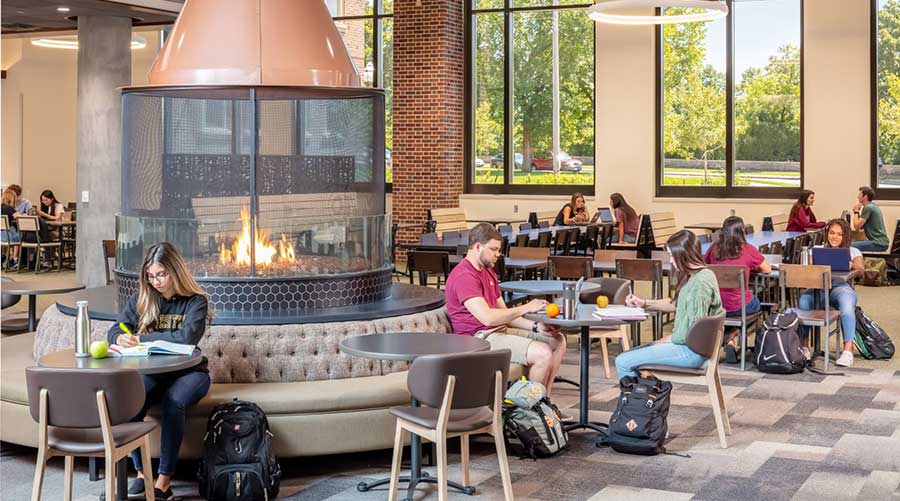LEED, Living Building Challenge Can Help Inform Product Selection
When it comes to determining whether building products meet guidelines for chemicals, facility managers can turn to ratings systems such as LEED or the Living Building Challenge to help make their decisions.
Previewing the New LEED
U.S. Green Building Council membership will vote this summer on LEED v4. If the ballot is approved, which is expected — after six public comment periods, and more than 27,000 comments — the new suite of rating systems will be unveiled in November at Greenbuild.
Many changes are forthcoming, perhaps most significantly in the Materials and Resources category of the LEED for New Construction rating system. Three new credits in three topic areas — environmental product declarations, sourcing of raw materials, and material ingredients — ask project teams to select products for which manufacturers have gathered industry-standard environmental data. Using at least 20 products that meet the reporting criteria — the "disclosure" section of the credit — of each of the three credits earns one point per credit.
A second point in each credit can be earned by optimizing the reported environmental criteria. For instance, in the "optimization" part of the sourcing of raw materials credit, project teams earn a point by using products at a rate of at least 25 percent of the total cost of all products that meet a laundry list of "responsible extraction criteria" — made from recycled content, biobased products, or locally manufactured products, to name a few.
The goals for these credits, says Brendan Owens, vice president, LEED technical development, are simple: "Transparency and optimization. The first part of the credit rewards projects that use manufacturers that are transparent. The second part optimizes around the parameters that are disclosed in the first part."
Information and the specific criteria of each new LEED M&R credit can be found at www.usgbc.org/leedv4.
From rating systems to third party certifications to environmental life-cycle assessments (like the Healthy Building Network's Pharos Project), facility managers have several established guidelines and resources to help them wrestle with these difficult product selection questions. In the past, gathering meaningful and trustworthy data about products may have been difficult. These days, however, the manufacturer community is beginning to understand the value of transparency — and is more willing than ever to provide data on their products in standardized form.
Part of this shift is due to the major changes to the LEED rating system due out this fall, as well as the increasing rigor of rating systems, including the emergence of the Living Building Challenge.
Especially in regards to the new LEED v4, there's been no shortage of controversy. The new LEED was supposed to be published last year, but last summer, USGBC announced it was delaying the release by a year to give the industry more time to acquaint itself with the changes. Some of the biggest changes — and the subject of the most vocal criticism — were in the Materials and Resources section.
Baer explains: "What happened was the confluence of too much change, too quickly." Manufacturers were saying they didn't have the data available and users were saying, "We can't get that information, how will we ever get that point? It was totally a chicken and egg thing."
Related Topics:














